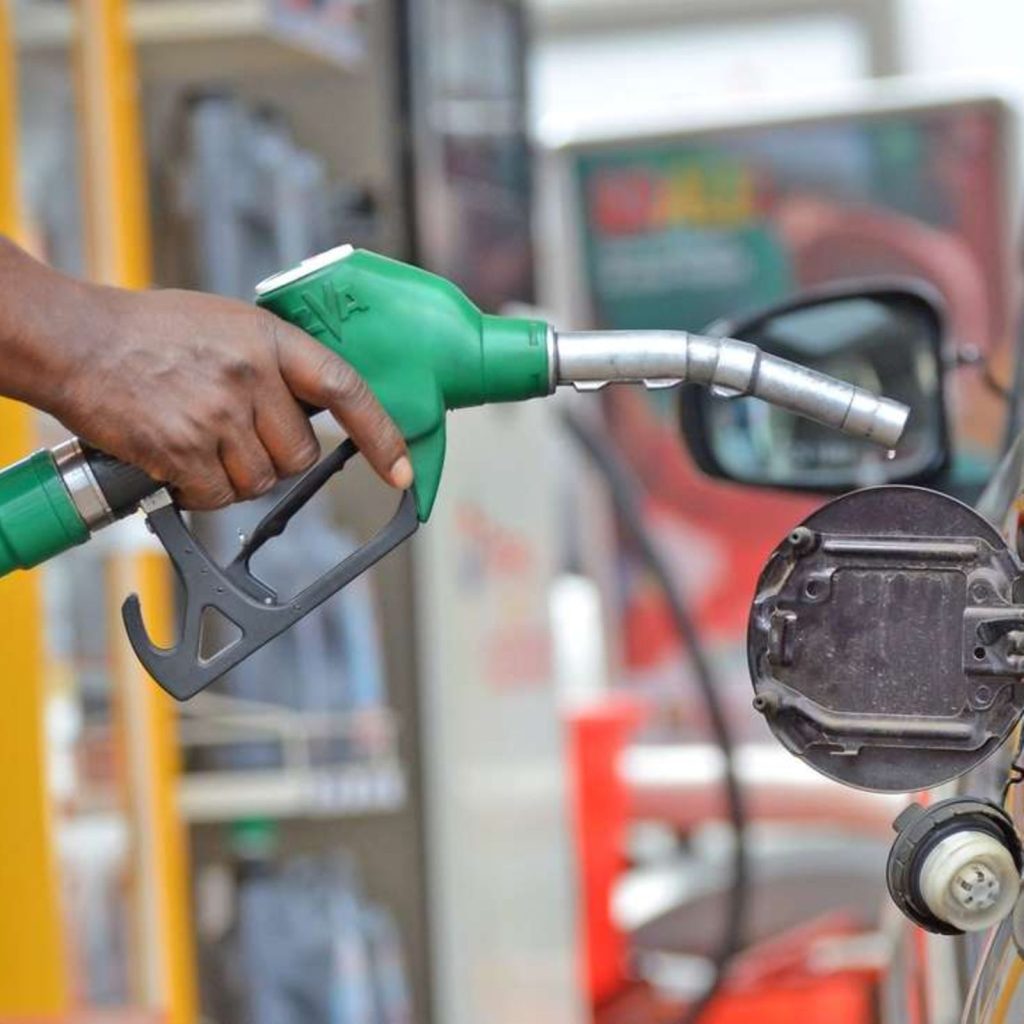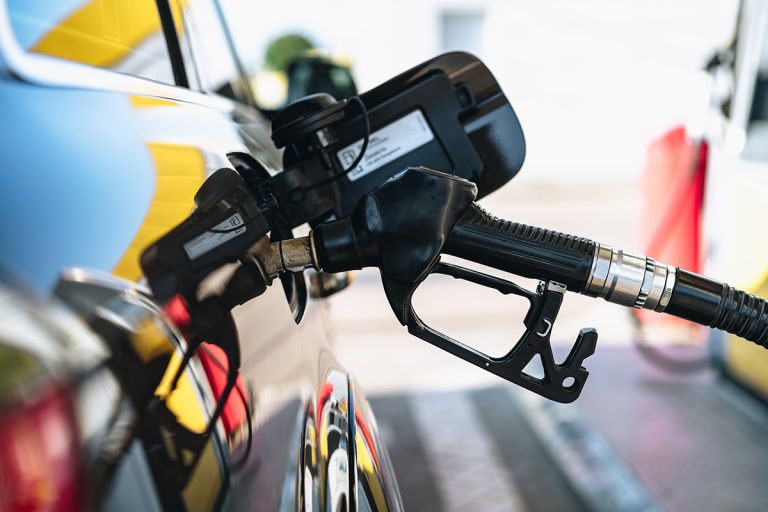Crude Oil and Refined Products Market Review and Outlook
Although the first quarter of 2025 saw an average increase of 1.38% in global oil prices, recent weeks have seen a sharp decline due to global uncertainties driven by the ongoing tariff war between the US and China. The uncertainty in the US/China tariff trade talks will continue to cloud global economic growth and fuel demand going into the second quarter of the year. Data shows that Brent spot prices declined from as high as $83/bbl in February to about $67/bbl in April.
The Trump’s Administration began to impose some sanctions on some of its trade partners upon assumption of office. In February, the Administration imposed some sanctions on Iran with the intent of curtailing Iran’s ability to proceed with its nuclear program. The administration also imposed new sanctions on some Russian entities and vessels involved in shipping Iranian crude oil to China. This retaliatory tariff impositions between the US and China is likely to reduce Chinese refinery runs, and product exports given that China is the largest crude importer in the world.
On the supply side, the US Energy Information Administration (EIA) reports that the US crude oil production is expected to increase steadily over the course of the next two years and to average 13.59mn b/d in 2025 and 13.73mn b/d in 2026. Moreover, OPEC+ announced plans by its member countries to increase oil production starting in May instead of July as was previously announced. Due to this, the EIA sharply slashed its estimate of U.S. crude prices to an average of $63.88/bb for 2025 from a prior forecast of an average of $70.68/bb, citing global trade policy and higher OPEC production. They have also forecasted that global oil consumption for 2025 will increase by 0.4mn b/d lower than the previous forecast of 0.9mn b/d.
Global market prices of crude, petrol, diesel, and LPG declined by 4.55%, 1.87%, 2.54%, and 5.55% respectively over the period. The US and China tariff war is expected to continue to push global prices downwards in the coming months.
FuFeX30 and Spot Rates
The Fufex30[1] for the first selling window of May (1st to 15th May) is estimated at GHS14.5000/USD, while the applicable spot rate for cash sales is GHS14.7000/USD based on quotations received from oil financing commercial banks.
|
SUMMARY REPORT OF BANK OF GHANA FX AUCTIONS TO BIDECs |
||
|
Window |
Percentage Offered |
Auction FX Rate (GHS/USD) |
|
1st to 15th February 2025 |
20% |
15.4725 |
|
16th to 28th February 2025 |
23% |
15.4684 |
|
1st to 15th March 2025 |
24% |
15.5582 |
|
16th to 31st March 2025 |
23% |
15.5543 |
|
1st to 15th April 2025 |
24% |
15.5543 |
|
16th to 30th April 2025 |
18% |
15.5573 |
|
1st to 15th May 2025 |
22% |
14.2877 |
The BoG’s biweekly FX auction to BIDECs in the 1st to 15th May 2025 pricing window for the purchase of petroleum products was US$20 million, representing just 22% of BIDECs’ bid. The FX rate at which the BoG auctioned to BIDECs declined from GHS15.5573 to GHS14.2877 per USD in the current window, representing an appreciation of 8.16%. It is expected that the government’s fiscal policy measures as outlined in the 2025 Budget if implemented will stabilize the cedi and pump prices.
The Ex-Refinery Price Indicator (Xpi)
The Ex-ref price indicator (Xpi) is computed using the referenced international market prices usually adopted by BIDECs, factoring in the CBOD economic breakeven benchmark premium for a given window, and converting from USD/mt to GHS/ltr using the Fufex30 for sales on credit and the spot FX rate for sales on cash.
Ex-ref Price Effective 1st to 15th May 2024
|
Price Component |
Petrol |
Diesel |
LPG |
|
Average World Market Price (US$/mt) |
675.3800 |
620.7200 |
471.4700 |
|
CBOD Benchmark Breakeven Premium (US$/mt) |
170 |
150 |
255 |
|
Spot FX Rates |
14.5000 |
14.5000 |
14.5000 |
|
FuFex30 (GHS/USD) |
14.7000 |
14.7000 |
14.7000 |
|
Volume Conversion Factor (ltr/mt) |
1324.50 |
1183.43 |
1000.00 |
|
Ex-ref Price (GHS/ltr) Cash Sales |
9.2548/ltr |
9.4433/ltr |
10.5338/kg |
|
Ex-ref Price (GHS/ltr) 45-day Credit Sales |
9.3825/ltr |
9.5735/ltr |
10.6791/kg |
|
Price Tolerance |
+1%/-1% |
+1%/-1% |
+1%/-1% |
Taxes, Levies, and Regulatory Margins
Total taxes, levies, and regulatory margins within the 16th to 30th April 2024 selling window accounted for 22.78%, 21.66%, and 12.21% of the ex-pump prices of petrol, diesel, and LPG, respectively.
|
TRM Components |
Petrol (GHS/ltr) |
Diesel (GHS/ltr) |
LPG (GHS/KG) |
|
ENERGY DEBT RECOVERY LEVY |
0.49 |
0.49 |
0.41 |
|
ROAD FUND LEVY |
0.48 |
0.48 |
– |
|
ENERGY FUND LEVY |
0.01 |
0.01 |
– |
|
PRICE STABILISATION & RECOVERY LEVY |
0.16 |
0.14 |
0.14 |
|
SANITATION & POLLUTION LEVY |
0.10 |
0.10 |
– |
|
ENERGY SECTOR RECOVERY LEVY |
0.20 |
0.20 |
0.18 |
|
PRIMARY DISTRIBUTION MARGIN |
0.26 |
0.26 |
– |
|
BOST MARGIN |
0.12 |
0.12 |
– |
|
FUEL MARKING MARGIN |
0.09 |
0.09 |
– |
|
SPECIAL PETROLEUM TAX |
0.46 |
0.46 |
0.48 |
|
UPPF |
0.90 |
0.90 |
0.85 |
|
DISTRIBUTION/PROMOTION MARGIN |
– |
– |
0.05 |
|
TOTAL |
3.27 |
3.25 |
2.11 |
OMC Pricing Performance: 16th to 30th April 2025
Despite rising slightly in January, pump price of petroleum products has been on a relative decline since the second selling window of February 2025. Even though pump prices have been relatively stable in the first quarter of the year, the temporal surge in the first selling window of February was due to the ephemeral rise in international prices in February. The Trump administration has since imposed taxes on several countries upon assumption of office. Currently, the retaliatory tariff war between the US and China has resulted in the imposition of a 145% tariff on US imports from China and a retaliatory 125% tariff by China on imports from US. Although the tariff excludes energy products, the tariff war is expected to affect the growth of the global economy and, to a larger extent, the growth in global demand for crude and petroleum products.
The BOG has largely been participating in the FX market to ensure the stability of the cedi. Speaking to Joy Business, the BoG governor indicated the bank’s commitment to implementing measures to preserve the current stability of the cedi. Thus, he said, “the cedi’s days of excessive volatility against the dollar are coming to an end”. The governor also indicated the central bank’s accumulation of enough reserves to guarantee the stability of the FX. The government has also indicated its commitment to stabilize the macroeconomy and the cedi through urgent economic recovery programs and the Goldbod initiative. The stability of the FX has mainly contributed to the relative stability of pump prices in the first quarter.
Cumulatively, petrol pump prices have declined by about 8.22% since February. In the pricing window under review, pump prices of petrol fell by 1.25% compared to a reduction of 2.31% in the previous window.
Pump prices of diesel declined cumulatively by about 4.04% since February. In the window under review, pump prices of diesel have declined by about 0.72% and 2.40% higher on a year-on-year basis.
Due to the current tariff war persisting between the US and China, global demand for crude and refined products has been on the decline in recent times resulting in a downward trend of crude prices. Moreover, the current intervention of the BOG in the FX market continues to stabilise the cedi against the USD. It is expected that the recent performance of the cedi and related decline in global prices will result in a decline in pump prices in the coming window (1st to 15th May 2025). Current economic occurrences have resulted in the central bank revising its end-of-year inflation target from 16% to 12%.
[1] The Fufex30 is a 30-day GHS/USD forward fx rate used as a benchmark rate for BIDECs ex-ref price estimations.





